Increasing Demand for Oil and Gas
The rising demand for oil and gas continues to drive the Drill Collar for Oil Field Equipment Market. As economies expand, the need for energy resources escalates, leading to increased drilling activities. According to recent data, the oil and gas sector is projected to grow at a compound annual growth rate of approximately 3.5% over the next few years. This growth is likely to necessitate the use of advanced drilling equipment, including drill collars, which are essential for maintaining the stability and efficiency of drilling operations. Consequently, the demand for drill collars is expected to rise, reflecting the overall growth trajectory of the oil and gas industry.
Expansion of Offshore Drilling Activities
The expansion of offshore drilling activities significantly impacts the Drill Collar for Oil Field Equipment Market. As onshore reserves become increasingly depleted, companies are turning to offshore sites for exploration and production. This shift necessitates the use of specialized drilling equipment, including drill collars designed for harsh marine environments. The offshore drilling market is anticipated to witness substantial growth, with investments in new projects and technologies. This trend is likely to create a heightened demand for drill collars that can withstand the challenges posed by offshore drilling, thereby contributing to the overall growth of the market.
Regulatory Compliance and Safety Standards
The Drill Collar for Oil Field Equipment Market is increasingly influenced by stringent regulatory compliance and safety standards. Governments and regulatory bodies are imposing stricter guidelines to ensure safe drilling practices and environmental protection. This trend compels oil and gas companies to invest in high-quality drill collars that meet these regulations. Compliance with safety standards not only mitigates risks but also enhances operational efficiency. As a result, the demand for drill collars that adhere to these regulations is expected to rise, driving market growth. Companies that prioritize safety and compliance are likely to gain a competitive edge in the evolving landscape of the oil and gas sector.
Technological Innovations in Drilling Equipment
Technological advancements play a pivotal role in shaping the Drill Collar for Oil Field Equipment Market. Innovations such as improved materials and design enhancements have led to the development of more efficient and durable drill collars. For instance, the introduction of high-strength steel and composite materials has significantly improved the performance and longevity of drill collars. These advancements not only enhance drilling efficiency but also reduce operational costs. As companies seek to optimize their drilling operations, the adoption of technologically advanced drill collars is likely to increase, thereby propelling market growth. The integration of smart technologies in drilling equipment further indicates a trend towards more sophisticated solutions in the industry.
Rising Investment in Renewable Energy Integration
The ongoing transition towards renewable energy sources is influencing the Drill Collar for Oil Field Equipment Market. As the energy landscape evolves, oil and gas companies are increasingly integrating renewable energy solutions into their operations. This shift may lead to a more efficient use of resources and a reduction in carbon emissions. Consequently, there is a growing emphasis on developing drill collars that are compatible with both traditional and renewable energy sources. Investments in hybrid technologies and sustainable practices are likely to drive innovation in the drill collar segment, fostering growth in the market as companies adapt to changing energy demands.


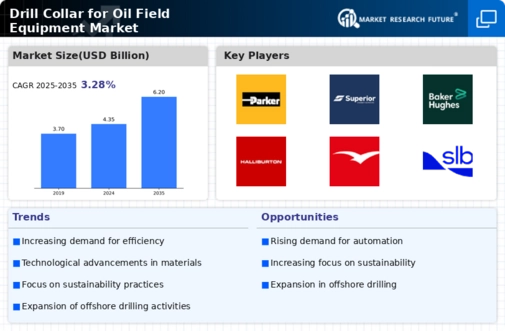
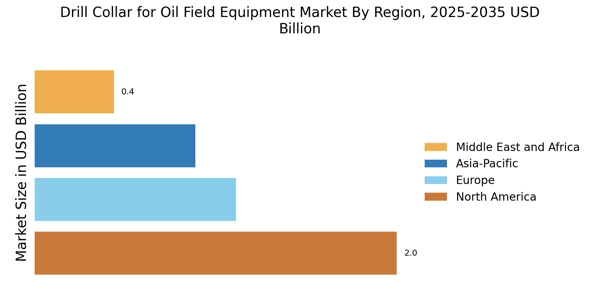

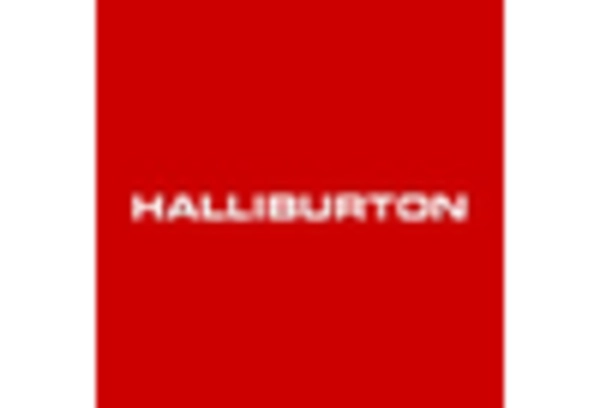
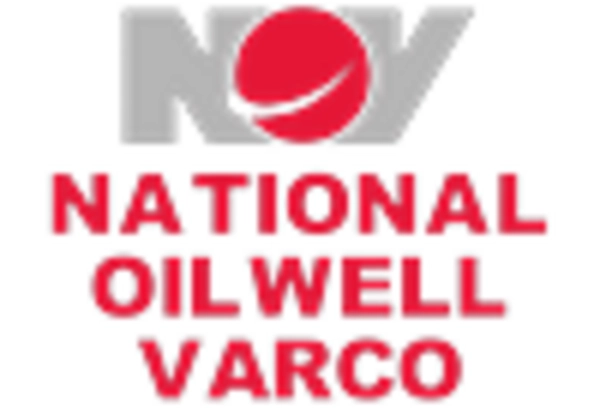
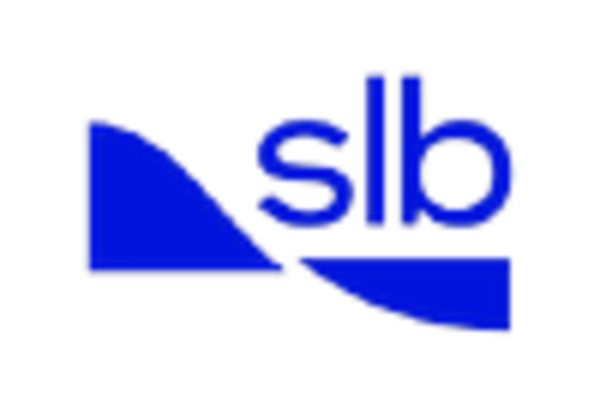
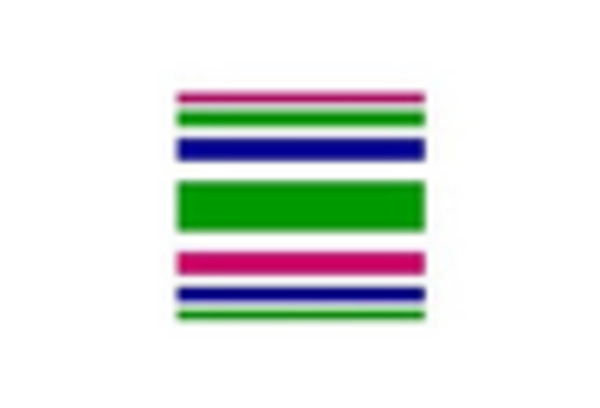









Leave a Comment